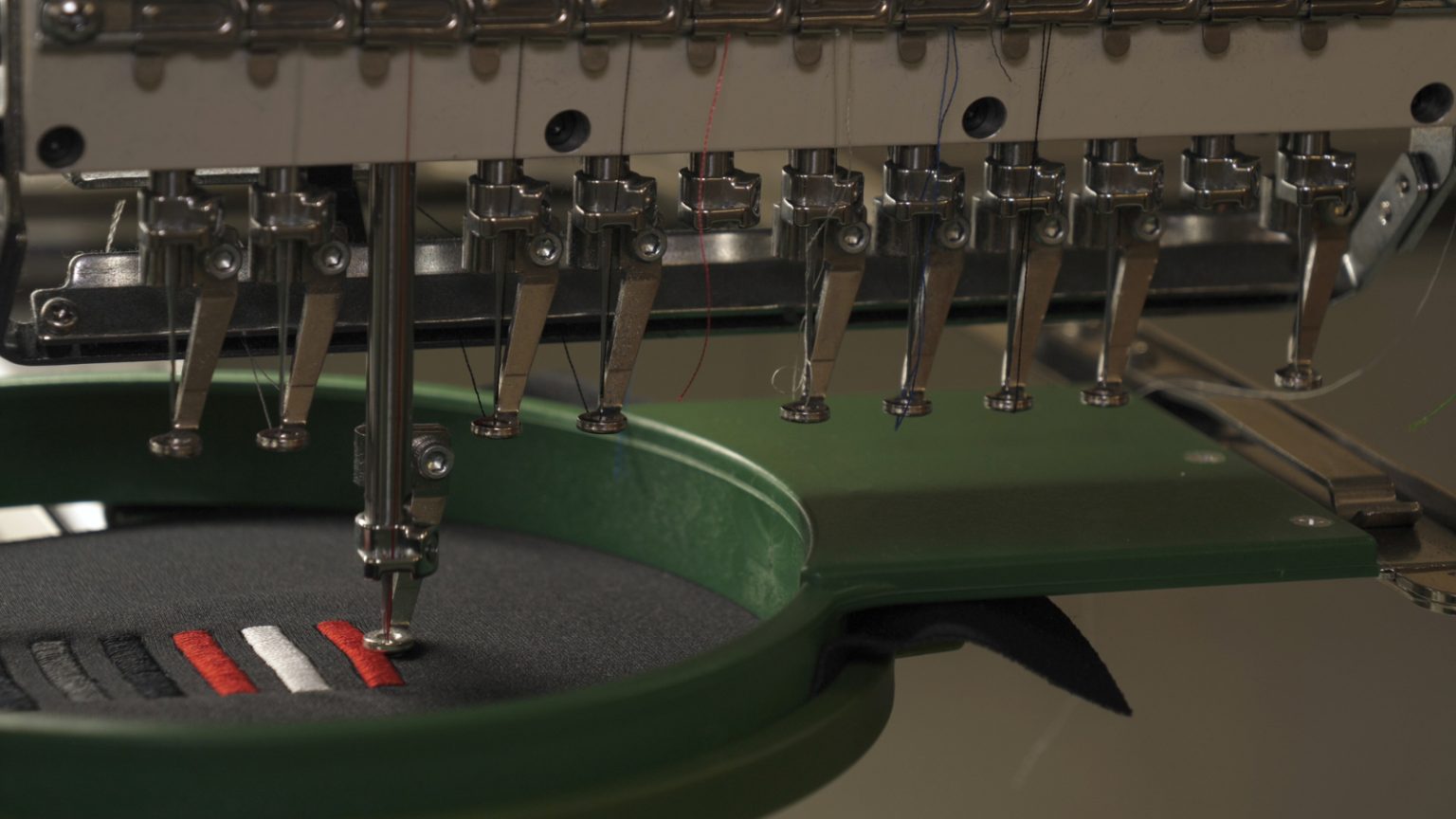Embroidery is the technique of creating creative and elegant motifs on fabric using many threads applied by an embroidery machine. Numerous jump stitches, underlay threads, satin stitches, fill and outer edge stitches must be employed in the embroidered designs in a pre-planned order. Before beginning any embroidered task, it is necessary to be aware of these. Machine embroidery stitch types are a bit complex, and picking the proper stitch type for your job can sometimes be a nuisance. Less time and thread cutting may be done if you know the appropriate stitch type. Embroidery stitches, also known as embroidery sewings, are a type of stitch used to create designs on fabric. There are many machine embroidery stitch kinds, and each needle drop is counted as the number of stitches for fabric designs.
The following are stitch types in machine embroidery;
1. Straight Stitch
The standard stitch in embroidery is the straight or running stitch, which repeats the stitching line and can be longer and broader. When using a straight stitch, you could observe that single lines recur and thicken the lines. This method is mainly used to create thicker graphics such as logos and monograms.
2. Satin Stitch
Jump stitch is another name for this pattern, following a right-left-right-left rule. It is the most commonly employed stitch among machine embroidery stitch kinds and tidy and exquisite stitch. It works well when stitching a straight item less than a centimeter long.
3. Bean Stitch
Bean stitches are back-and-forth stitches between any two places that are commonly used to define a pattern. This stitch seems stronger and heavier than a straight stitch and uses fewer threads than a satin stitch. As a result, this stitch is essential in all machine embroidery stitch kinds.
4. Fill Stitch
The fill stitch is also known as the tatami stitch. It is made up of lines from the straight or running stitch that are kept close enough to fill the entire surface. The stitch used in short fill is similar to a straight stitch but with thicker motifs. These are designed so that the threads show through the woven pattern, which is why they’re called Tatami, a Japanese word that means “woven mats.”
5. Zigzag Stitch
Due to the left-right rule, the zigzag stitch looks like a satin stitch. However, satin offers a straight-line angle, and zigzag thread gives an angle-to-angle pattern. It is mainly used to embroider the fabric’s margins to protect the edges or enhance the appearance.
6. Underlay Stitch
Among machine embroidery stitch types, underlay stitch is also the most significant. The pattern stitches are covered with underlay stitches. There are far fewer thick stitches in this design, and they’re placed in the opposite way as the finishing stitches.
In conclusion, machine embroidery is a tidy and sensitive art that can captivate the product’s elegance. And while embroidering the products, learning the stitches that create designs is crucial. Satin stitch is the preferred machine embroidery stitch type because it fills spaces and is the ideal stitch for small and medium areas.

